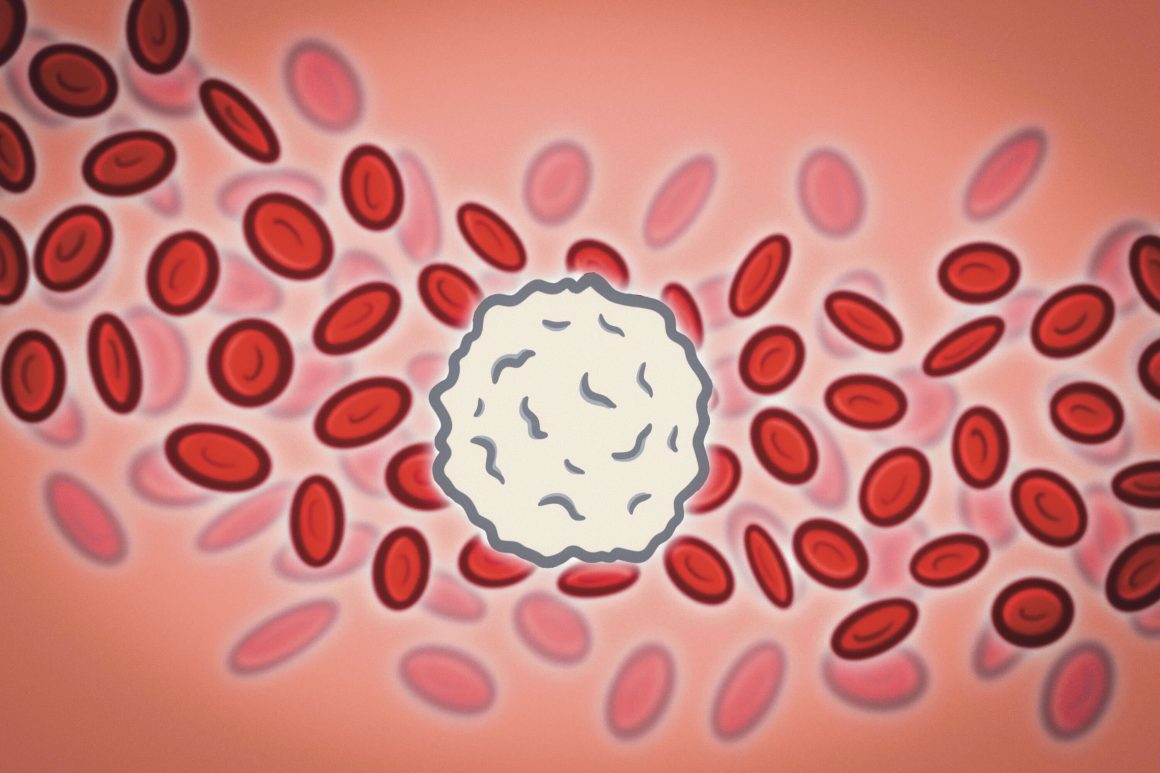
New evidence shows white blood cells can repair or fight during an infection
By Ramiro Bustamante Torres, October 28 2022—
It was a long-held belief that a monocyte’s function was to fight off infections with neutrophils, but a recently published paper demonstrates a discrepancy in the amount of cell recruitment per site of infection may be due to monocytes having a different function. When the body is faced with an infection after skin damage, white blood cells are recruited to fight off infections. The types of white blood cells sent in are divided into categories based on function — neutrophils and monocytes are within the category of phagocytes, a “cell-eating” type of white blood cell. Monocytes have the ability to change into dendritic cells and macrophage cells, both types of phagocytic cells as well.
“It’s been a long project. Our initial question when I first started was, what roles do specific immune cells have at sites of infection, specifically, the recruited blood cells, so the immune cells that are derived from blood, they get recruited to sites of infection. And I wanted to figure out what did the neutrophils do? What is a monocyte? Do they have the same roles or different roles,” said Dr. Rachel Kratofil, a researcher from the Snyder Institute for Chronic Diseases in the Cumming School of Medicine. “The neutrophils arrived first, and then the monocytes [arrived] second. Then the next question was, where do they localize?”
During her Ph.D. at the University of Calgary, Kratofil worked in the Kubes Lab with Staphylococcus aureus (S. aureus) — a bacterium found near the respiratory system or surface of the skin — and used an animal model to simulate the immune response of a skin infection of S. aureus at both a low-dose and high-dose conditions. In her experiments, Kratofil found evidence of the monocytes not interacting with the bacterium but only surrounding the infection site and persisted as macrophages for weeks after being infected — this was true for low-dose conditions. However, in high-dose conditions, neutrophils outnumbered monocytes by a lot in recruitment.
“The differences between the low and high-dose were quite drastic. In the high-dose infection, there was tons of tissue damage and it was all neutrophil-driven, very few monocytes were recruited,” said Kratofil. “The reason why we chose a lowered dose was so that it could be more physiologically and clinically relevant.”
A major point of the findings was the interaction of monocytes with growth hormones, such as leptin and ghrelin. These two hormones are related to skin repair and ghrelin was found to be produced by monocytes, which would regulate leptin. Without ghrelin, the hormone leptin would promote vascular growth unregulated and lead to scarring instead of healthy skin growth.
“The really interesting mechanistic side of the paper was finding out that these are hormones normally associated with eating, [feeling] hungry or feeling full. They actually have an immune function and tissue repair. So the connection between monocytes and ghrelin, leptin and angiogenesis, was really what was novel about the paper,” said Kratofil. “What’s really promising, we think, is that for patients that have these chronic swings and chronic infection, we can go on with a ghrelin treatment or an anti-leptin treatment to try and expedite the wound healing process.”
Kratofil has started her postdoctoral fellowship at New York University’s Langone Health where she continues her research on host-pathogen interactions with S. aureus. She discussed how there are many directions that her research can lead, such as studying immune mechanisms and searching for hormones not previously considered to interact. Kratofil shared how she had worked away from her initial proposal and focused on what interested her — which led to her discovery.
“I think it’s really important to do a project that you’re most excited about. When you find something that can be really cool and interesting, go with your gut because there were several times when I was told not to do this experiment, I was told not to pursue this topic,” said Kratofil.
“It paid off in the end because I had forgotten that I want to pursue this more. If you really have an itch to pursue this one experiment, just go for it.”
To read Dr. Katofil’s published paper in Nature, you can find it online. For more research found at the Snyder Institute you can check out their website.
